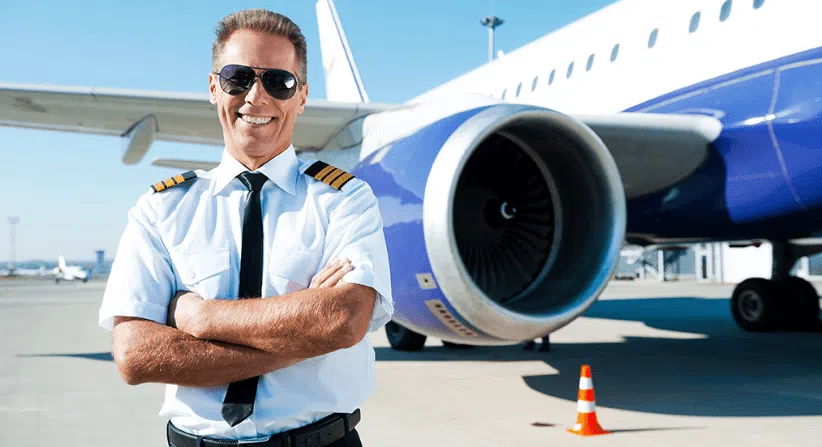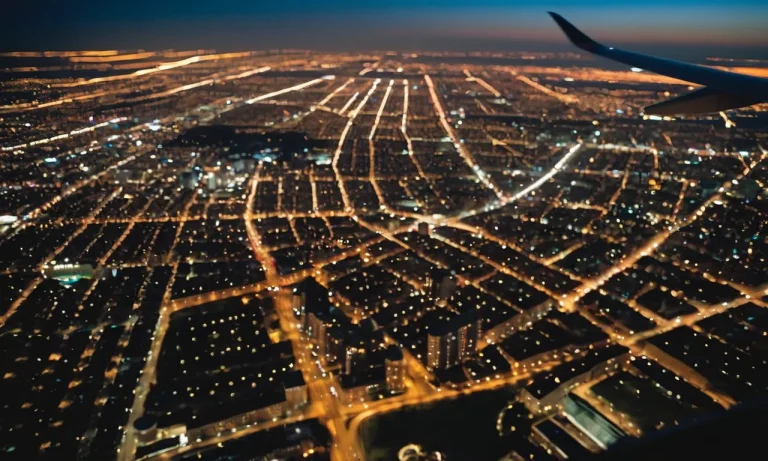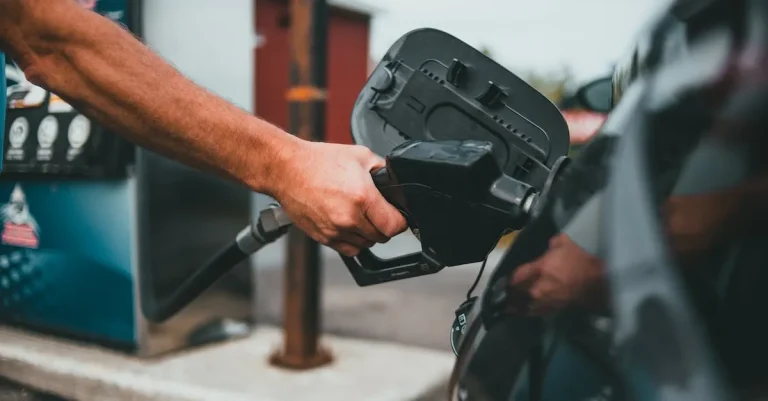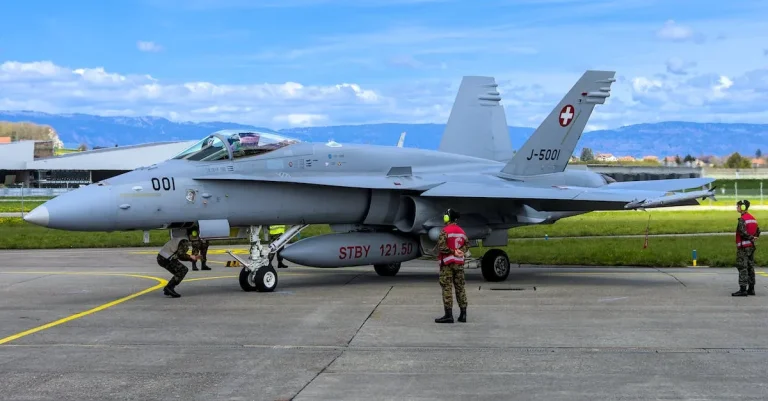Fear of flying and worries about plane crashes are common for many people. If you’ve ever felt anxious before boarding a flight, you’re not alone. However, planes are an extremely safe way to travel. Your odds of dying in a plane crash are about 1 in 800 million.
In this comprehensive guide, we’ll provide detailed statistics and information to help put the risk of dying in a plane crash into perspective.
We’ll look at historical crash data, break down the most dangerous phases of flight, compare risks to other common accidents, explain factors that impact plane safety, and provide tips for nervous flyers.
Historical Data on Plane Crashes and Fatalities
When it comes to air travel, many people wonder about the safety of flying and the chances of being involved in a plane crash.
While the idea of a plane crash can be frightening, it is important to understand the actual statistics and historical data surrounding this topic.
This article will provide you with insights into commercial aviation crash statistics over time, fatality rates in crashes over time, and the major improvements in commercial aviation safety.
Commercial Aviation Crash Statistics Over Time
The aviation industry has come a long way in terms of safety.
It is important to note that the chances of being involved in a plane crash are incredibly low. In fact, the probability of dying in a plane crash is estimated to be around 1 in 800 million flights.
This means that you are more likely to win the lottery multiple times than to be involved in a fatal plane crash.
Fatality Rates in Crashes Over Time
While the number of accidents has been decreasing, it is also important to consider the fatality rates in plane crashes.
According to the Aviation Safety Network, the fatality rate in commercial aviation accidents has also decreased significantly over the years.
It is also worth noting that the fatality rate in plane crashes is significantly lower than other modes of transportation.
According to the National Safety Council, the odds of dying in a car crash are 1 in 103, while the odds of dying in a motorcycle crash are 1 in 858.
This highlights the relatively high level of safety in air travel.
Major Improvements in Commercial Aviation Safety
The significant improvements in commercial aviation safety can be attributed to a number of factors. One of the major contributors is the continuous advancements in technology.
Aircrafts are now equipped with state-of-the-art navigation systems, advanced weather radars, and improved communication systems, making flying safer than ever before.
Additionally, there have been significant improvements in pilot training and regulations. Pilots undergo rigorous training programs that focus on emergency procedures, decision-making skills, and handling complex situations.
Furthermore, airlines and regulatory bodies have implemented strict safety protocols and regulations to ensure the highest level of safety for passengers and crew members.
Risk Varies By Type of Flying
When it comes to the chances of dying in a plane crash, the risk can vary depending on the type of flying you are referring to. There are significant differences in safety records between airline flights and general aviation flights.
Airline vs. General Aviation Safety Records
Commercial airline flights, operated by major airlines, have an excellent safety record. In fact, flying on a commercial airline is considered one of the safest modes of transportation.
This makes the chances of being involved in a fatal accident on an airline flight extremely low.
General aviation pilots often face different challenges and risks, such as adverse weather conditions, pilot error, and mechanical issues, which can contribute to a higher accident rate.
It is important to note that while the accident rate for general aviation may be higher, the overall number of general aviation flights is significantly lower compared to commercial airline flights.
Therefore, the chances of being involved in a general aviation accident are still relatively low, especially when compared to other modes of transportation.
Most Dangerous Phases of Flight
Takeoff and Landing Pose More Risk
When it comes to air travel, the takeoff and landing phases of a flight are often considered the most dangerous.
During takeoff, the aircraft is ascending at a steep angle, and any issues that arise during this critical moment can have serious consequences.
Similarly, during landing, the aircraft is descending towards the runway, and any errors in judgment or mechanical failures can lead to accidents.
During takeoff and landing, pilots must navigate a variety of factors, including runway conditions, weather conditions, and traffic congestion.
Additionally, there is often increased turbulence during these phases, which can further complicate the process.
It is important to note that while takeoff and landing are considered more dangerous, the aviation industry has implemented numerous safety measures to mitigate the risks.
These include rigorous pilot training, advanced aircraft technology, and strict maintenance protocols.
As a result, the chances of an accident occurring during these phases of flight have significantly decreased over the years.

Factors Impacting Aviation Safety
When it comes to aviation safety, several factors play a crucial role in minimizing the chances of a plane crash.
From aircraft maintenance to pilot training, various elements contribute to maintaining high safety standards in the aviation industry.
Let’s explore some of the key factors that impact aviation safety.
Aircraft Maintenance and Technology Improvements
One of the primary factors influencing aviation safety is the maintenance of aircraft and continuous technology advancements.
Airlines adhere to rigorous maintenance schedules and inspections to ensure that their aircraft are in top-notch condition.
Regular checks, repairs, and upgrades are conducted to identify and address any potential issues before they become a safety concern.
Additionally, advancements in technology, such as improved navigation systems and aircraft design, have significantly enhanced the safety of air travel.
Pilot Training Requirements and Automation
Another critical factor in aviation safety is the training and qualifications of pilots. Pilots undergo extensive training programs to develop their skills and knowledge, including simulator training, flight hours, and theoretical coursework.
Rigorous training requirements help ensure that pilots are well-prepared to handle various situations they may encounter during flights.
Furthermore, the industry has seen a rise in automation, with advanced systems assisting pilots in navigation and flight control.
This automation helps reduce human errors and enhances the safety of air travel overall.
Airport Infrastructure Investments
The infrastructure of airports plays a vital role in aviation safety. Investments in airport infrastructure are crucial for maintaining safe and efficient operations.
Adequate runways, taxiways, and terminal facilities are necessary to handle the increasing number of flights and passengers.
Additionally, airports need to have proper lighting, signage, and air traffic control systems to ensure safe landings and takeoffs.
Regular maintenance and upgrades of airport infrastructure are essential to meet the growing demands of the aviation industry.
Air Traffic Control Systems and Regulation
Efficient air traffic control systems and effective regulation are fundamental for ensuring aviation safety.
Air traffic controllers play a critical role in monitoring and guiding aircraft to prevent collisions and maintain safe distances between planes.
These systems rely on advanced radar and communication technologies to provide real-time information to pilots and controllers.
Additionally, strict regulations and oversight from aviation authorities help enforce safety standards and ensure compliance across the industry.
Regular audits and inspections are conducted to identify and rectify any safety concerns.
Tips for Nervous Fliers
For those who experience anxiety or fear when flying, it can be a challenging experience. However, there are several tips and strategies that can help nervous fliers feel more at ease during their journey.
By focusing on statistics, distracting yourself, avoiding triggers, and utilizing relaxation exercises, you can make your flight a more comfortable and enjoyable experience.
Focus on Statistics, Not Anecdotes
One of the most effective ways to alleviate fear of flying is to focus on statistics rather than anecdotal stories.
While it may be easy to get caught up in tales of plane crashes or incidents, it’s important to remember that flying is statistically one of the safest modes of transportation.
By reminding yourself of these statistics, you can help ease your anxiety and focus on the positive aspects of air travel.
Distract Yourself During the Flight
During the flight, it can be helpful to distract yourself from any anxious thoughts or feelings. Engaging in activities that take your mind off flying can make the journey more enjoyable.
Consider bringing a good book, listening to music or podcasts, or watching a movie.
These distractions can help shift your focus away from any worries and allow you to relax and enjoy the flight. Remember, the more you immerse yourself in enjoyable activities, the less space there is for anxiety to take hold.
Avoid Pre-Flight Anxiety Triggers
Pre-flight anxiety triggers can vary from person to person, but common ones include lack of sleep, caffeine, and stressful situations. To minimize these triggers, it’s important to prioritize self-care leading up to your flight.
Make sure to get a good night’s sleep, avoid consuming excessive amounts of caffeine, and try to minimize any stressful situations.
Additionally, practicing deep breathing exercises or meditation can help calm your mind and reduce anxiety before boarding the plane.
Conclusion
While plane crashes captivate public attention, the statistics clearly show that flying is extremely safe compared to other modes of transportation and causes of accidental death.
By understanding the actual risks, exercising precautions, avoiding anxiety triggers, and using relaxation techniques, you can feel safer and more confident when you fly.






